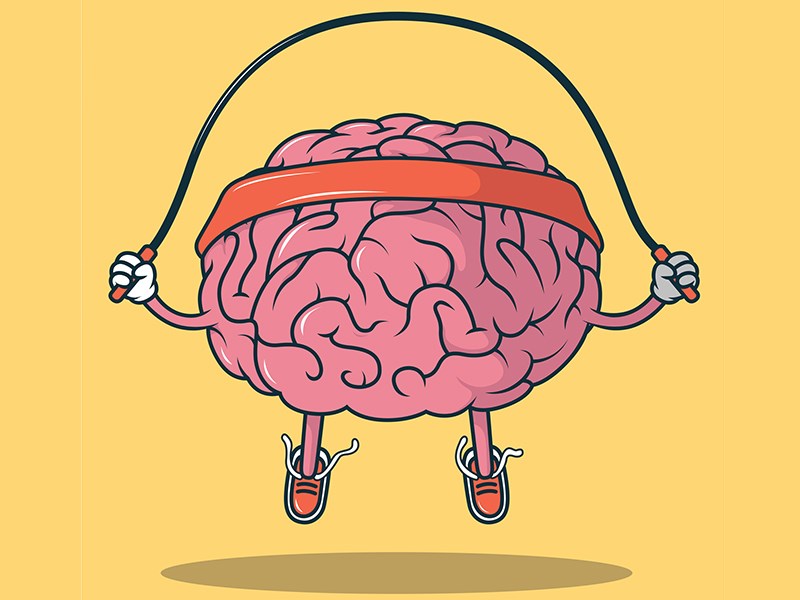I find myself on the edge of 50 years old, but in some ways it feels like just last week I was 29.
I’ve been looking all over for those two missing decades and I’m starting to suspect they’re never to be found. Everyone has
stories about their life with addiction and cognitive challenges, such as depression and anxiety, however, feelings of “lost” or missing time seems to be a relatable experience to many people recovering from addiction.
With that in mind, aging generally is, by definition, our gradual physical and cognitive decline and the most universal and inescapable experience. As a society, we fill sweaty gyms and spend countless millions of dollars in an unwinnable fight against the aching and sagging effects time and gravity has on our bodies, but often overlook where everything really happens: the brain.
From the point of view of mental health, physical exercise has an invaluable effect on cognitive and emotional states. Exercise makes endorphins, an opiate made in the pituitary gland of the brain, and produces an elevated state of contentment, or “high” that is usually associated with illegal drugs or addictive painkillers like heroin and morphine. Not to mention the beneficial effects of social connection on the track or in the gym.
That being said, why don’t we put similar energy and resources into the effect aging has on our brain as we do on our body? It seems, in most places, gyms for building stronger bodies are bustling with people, yet there are always a couple of comfortable chairs free and open spaces in libraries.
The average brain loses 12 per cent of its weight from age 25 to 80. It was previously accepted that brain cell loss was irreversible as we aged, an inevitable decline. However, research has indicated the adult brain continues to produce thousands of neurons per day in a process called adult neurogenesis: the birth and spreading of new neurons in the adult brain.
Neuroplasticity refers to the process of brain-changing structure when responding to new experiences, or better life choices. The process of changes in the strength of synapses, the structures that allows neurons to chemically talk to each other, is called synaptic plasticity. Cognitive decline, like memory loss, is a result of a weakening or loss of synapses, however, like muscles in the body can strengthen with activity, synapses in the brain can be strengthened with brain exercise and food.
As someone who mistreated his brain with destructive choices from addiction and chronic depression for years, the idea that new neurons are created, the brain structure can change and synapses can be strengthened with healthier and more self-aware habits is an unbelievably encouraging and inspiring thought.
Neuro-nutrition or “brain foods” are terms we are hearing with more and more frequency in daily conversations. Knowing that we can directly slow down or stop cognitive decline with better foods and mental exercise is an empowering, uplifting idea that can lead to better actions that, in turn, strengthen and improve cognitive clarity.
A mind in motion stays in motion and a mind at rest stays at rest would be an appropriate variation on the Nike ad about the body.
What are specific foods and activities that will improve brain function and slow cognitive decline? It’s such an exciting and expansive topic, I couldn’t squeeze everything into one column.
The details around neural nutrition and effective brain exercising will be covered next time in part two.
Robert Skender is a Powell River freelance writer and health commentator.



